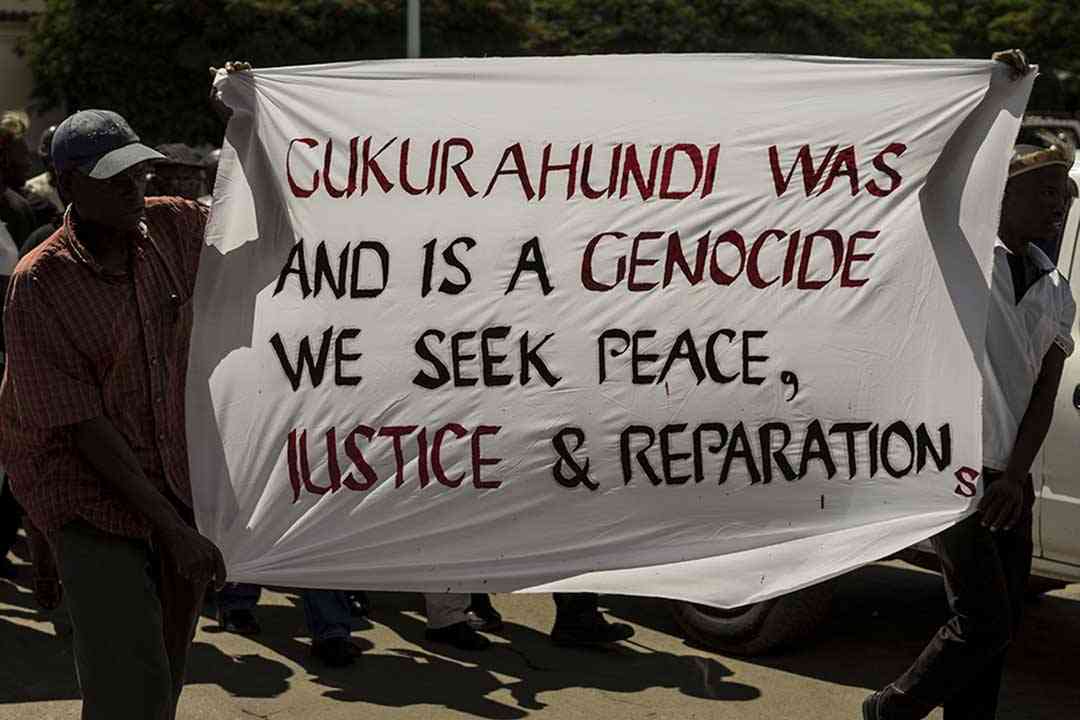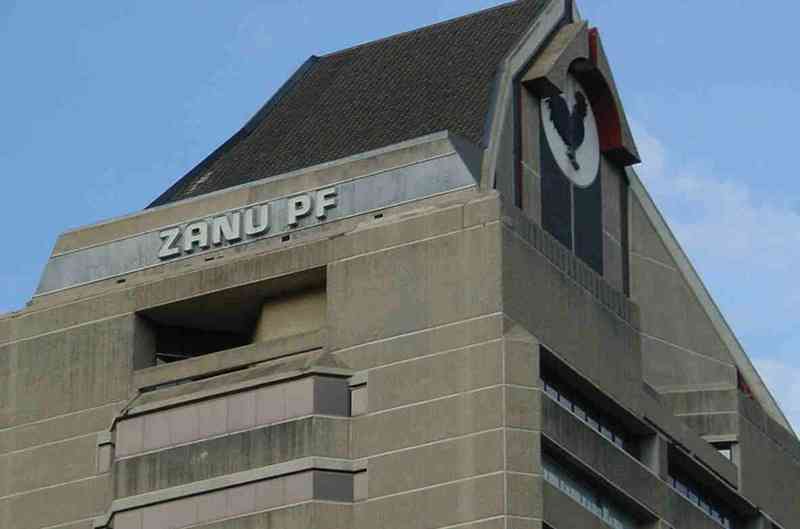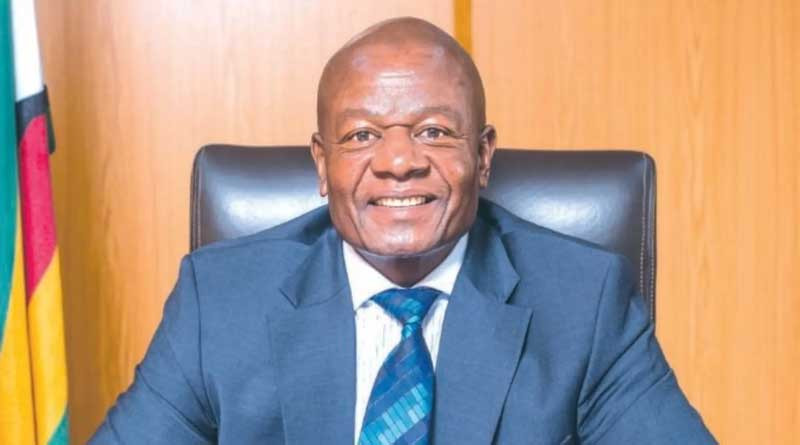
BY MELODY CHIKONO
DEBT and development experts have asked government to create a friendly investment environment and stop borrowing to help reduce the debt burden on Zimbabweans.
In its latest report the International Monetary Fund (IMF) said the country’s consolidated public sector debt had ballooned to US$19,03 billion representing a 68,1% ratio to the gross domestic product, as arrears continue to weigh on the principal debt.
The threshold is way above the acceptable ratio, with public and publicly guaranteed external debt standing at US$17,59 billion of which arrears are at US$13,1 billion.
Zimbabwe has been in debt distress since 2000, when it first defaulted on its external obligations to the international financial institutions (IFS). The defaults resulted in the country being denied access to external financing by IFIs and other multilateral and bilateral creditors.
Heavy indebtedness is at the core of many African countries’ socio-economic development challenges and Zimbabwe is no exception where public expenditure financing has been diverted to debt servicing, resulting in citizens failing to access basic services such as health, education, water and sanitation.
Discussions at the just ended Zimbabwe Debt indaba organised by Zimbabwe Coalition for Debt and Development (Zimcodd) last week show that these were not just numbers but drivers of poverty and inequality in Zimbabwe and the reason women in Binga, for instance, struggle to access maternal healthcare.
Key drivers of the debt officially recorded as US$13,7 billion in December 2021, are embedded in governance challenges post the 2000 land reform programme and the country’s involvement in the 1998 Democratic Republic of Congo war which precipitated extrajudicial fiscal processes covered by an overdraft from the central bank.
- Chamisa under fire over US$120K donation
- Mavhunga puts DeMbare into Chibuku quarterfinals
- Pension funds bet on Cabora Bassa oilfields
- Councils defy govt fire tender directive
Keep Reading
A 1997 3% compensation awarded to more than 60 000 liberation war heroes also exacerbated the country’s economic problems after the payout inflated the budget by 55% resulting in a currency meltdown.
A Zimbabwean developmental economist based in the United Kingdom, Chenai Mutambasere said the absence of a public debt audit left many things unclear.
He pointed out that there was no clarity on the total percentage of private lending terms of current borrowing while any concessionary arrangements, where the country was highly indebted, were also unknown.
“There is ambiguity of public debt statements — too many smokes and mirrors concerning private debt. There is no indication of total outstanding amount, but only disbursements made. Are we confusing debt relationship terms for example external — on-lent loans? What does this relate to; what is the downstream relationship in terms of on-lent loans; does government apply any interest on on-lent loans? There is also an unclear relationship with State-owned enterprises which the government borrows on behalf of, what is the extent of autonomy, if revenue generating, why are their loans serviced by the taxpayer and not directly?” she said.
“Avoid putting the horse before the cartwheel –— negotiate contract terms directly with contractors for projects to avoid interest accruals decades before project payback period. Stop borrowing. Instead create a better investment environment.”
The Reserve Bank of Zimbabwe (RBZ) quasi- fiscal activities, loans and guarantees by government, as well as interest and penalties on debts, have also been seen as exacerbating the debt crisis as these are allegedly stamped without parliamentary oversight.
Zimcodd believes: “Debt is ballooning amid the spiralling illicit financial flows and failure to widen government revenue from the country’s vast mineral wealth. Government has a US$12 billion mineral export earnings target by 2023, yet the mining tax revenue targeted to finance basic service provision are barely mentioned.
“From US$50 billion lost annually as revealed by the African Union or Economic Commission from Africa’s High-Level Panel Report on illicit financial flows, Africa now loses more than US$88,6 billion annually according to United Nations Trade and Development’s Economic Development in Africa Report, 2020.”
Current efforts to engage multilateral creditors are bearing little fruit as the country is managing token payments to creditors at a time when efforts to re-engage the international community are also faltering.
Debt distress has had yet another debilitating impact on people and communities, compounded by government austerity measures introduced in 2021 under National Development Strategy 1.
“Recommendations tendered by the civic society beyond the taxation of the public, call for focus on domestic resource mobilisation, restructuring of current debt and renegotiation of loans contracted with bilateral agreements.
“Adoption of a policy mix to manage risks of contraction of public debt is key to a wide range of options including the reform of current weak legislative frameworks as well strengthening parliamentary oversight. While the Ministry of Finance has now introduced an Annual Debt bulletin, there is need for comprehensive debt audits, public debt registers as well as legal reforms to limit debt contraction without parliamentary oversight.” Zimcodd.
- This article was taken from the Weekly Digest, an AMH digital publication
- Follow us on Twitter @NewsDayZimbabwe










